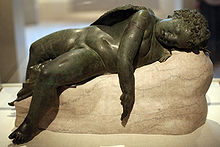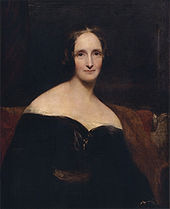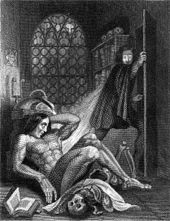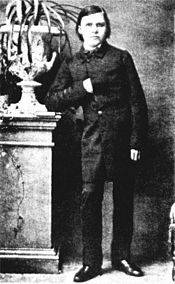 In Sigmund Freud’s pioneering book The Interpretation of Dreams (1900), he explained how dreams are formed by referring to four factors that make up what he called the “dream-work.” Even after the passage of more than a century, many of Freud’s key concepts are still valid and useful in the practice of dream interpretation. This includes his observation that four specific factors are central to the construction of dreams. These factors are fairly easy to identify, not only in dreams but in other areas of people’s lives, too. With this claim, Freud dramatically raised the stakes for the science of dreaming—more than just providing knowledge about the sleeping mind, it can also become a source of insight into other arenas of human symbolic behavior and expression.
In Sigmund Freud’s pioneering book The Interpretation of Dreams (1900), he explained how dreams are formed by referring to four factors that make up what he called the “dream-work.” Even after the passage of more than a century, many of Freud’s key concepts are still valid and useful in the practice of dream interpretation. This includes his observation that four specific factors are central to the construction of dreams. These factors are fairly easy to identify, not only in dreams but in other areas of people’s lives, too. With this claim, Freud dramatically raised the stakes for the science of dreaming—more than just providing knowledge about the sleeping mind, it can also become a source of insight into other arenas of human symbolic behavior and expression.
The first mechanism of the dream-work is condensation. Even a very simple dream image can bring together a large number of feelings, thoughts, associations, and memories. In his “Dream of Irma’s Injection,” from chapter 2 of ID, Freud identified references to eight different women in the single dream character of Irma. Complex dream images can be condensations of even greater numbers of people, places, and activities. Freud regarded this as one of the sleeping mind’s greatest powers: creating singular images that contain a surprising multitude of emotional meanings.
The second mechanism of the dream-work is displacement. This factor accounts for why dreams can seem so bizarre and out of sync—for example, your feelings don’t match your activities in the dream, people behave like they’re someone else, or an object from one place appears in a totally different setting. Freud believed this was intentional misdirection, a way of hiding uncomfortable truths from conscious awareness. It’s also possible that instances of displacement are highlighting unusual connections that waking awareness had not previously noticed. Either way, displacement is a frequent factor in shaping the symbolic and metaphorical content of dreaming.
Third of the dream-work mechanisms is their visual quality. Not all dreams are visual in their primary content, but most of them are. The imagistic language of dreaming differs in fundamental ways from the rational, linear language of waking thought. The sleeping mind channels its abstract thoughts and feelings into the more concrete modality of image, shape, movement, and color.
The fourth factor in the dream-work is secondary revision, which is Freud’s term for all the little things we do, consciously and unconsciously, to smooth out the dream and make it more comprehensible for the waking mind. This starts happening during the dreaming process itself, almost like a preparation for the dream’s eventual emergence into consciousness upon awakening. The influence of secondary revision makes it difficult to know if we have ever remembered the “true” dream, before the smoothing process took over.
Here’s an example of what these four factors look like in an actual dream. A couple nights ago I dreamed the following:
I am in a forest, standing outside the dark opening of a cave. I toss a pebble inside, and I am surprised at how deep the cave must be. Then I see the outline of a big cat looking out, coming towards me. I step back in surprise, fear, and awe.
The big cat is a condensation of several felines in my life, two of whom recently passed away. The emotions I feel in response to seeing the big cat reflect feelings from other parts of my life, in addition to kitties living and dead, domestic and wild. As a displacement, the dream changes the setting of my turbulent feelings about recent political developments in the U.S., shifting the scenario from media abstraction to visceral experience in nature. The visual quality emerges most vividly with the looming shape of the big cat, which gives a beautiful imagistic expression to these interwoven parts of my life. An instance of secondary revision appears with the tossing of the pebble into the cave, and the subsequent idea that the cave was surprisingly deep. As I think back on the dream, I assume that I noticed how long it took for the pebble to hit the ground and then made the reasonable inference about the cave’s unusual depth. But Freud would likely say that’s secondary revision at work, smoothing over the gaps and rough spots and making everything seem more coherent. With that in mind, I now wonder if perhaps the pebble-tossing has other meanings I’m overlooking.
From the beginning of his career, Freud realized that learning how to interpret dreams can reveal new ways of interpreting other phenomena in our lives—jokes, slips of the tongue, obsessive memories, symptoms of mental illness, romantic fantasies, religious rituals, political ideologies, and works of art, to name a few. The same four factors of the unconscious mind that shape our dreams also shape our expressions and behaviors in these other realms, too.
Note: this post first appeared in Psychology Today, January 29, 2021.

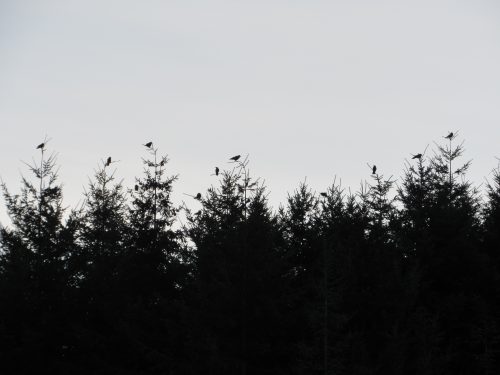 Dreaming, play, theater, science, religion, social and political crisis.
Dreaming, play, theater, science, religion, social and political crisis.